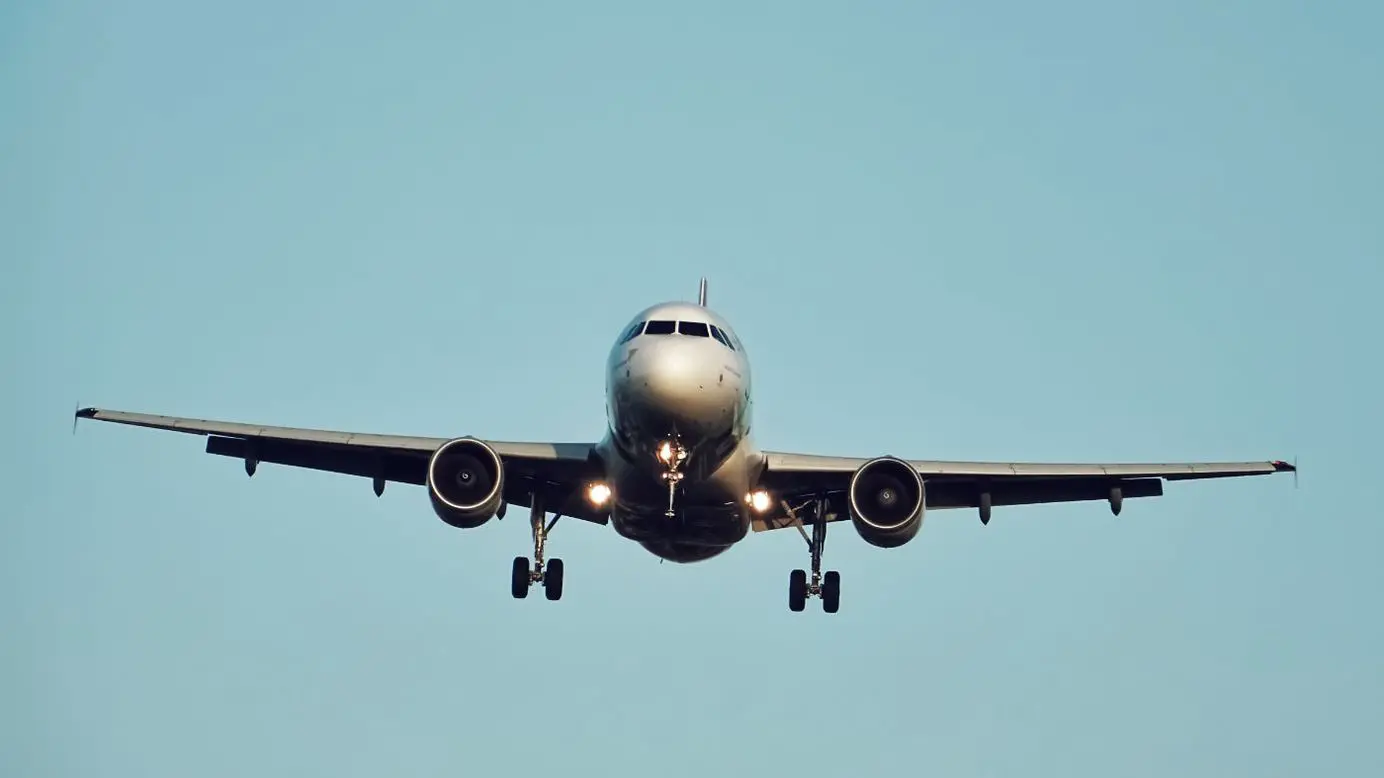
What Is Turbulence on an Airplane?
Turbulence is normal but what is turbulence and is it dangerous?
Table of Contents
Bumpy rides are normal when flying. Yet, many people feel great discomfort when flying through turbulence on an airplane.
Turbulence is disturbances in the air around the flying airplane. It is unpredictable, varies in strength, and has many different causes.
As a passenger, perhaps you have experienced turbulence yourself. While trying to keep your drink from spilling on the tray table, you might have wondered:
What is turbulence on an airplane? And is it dangerous?
What Is Turbulence?
Disturbances in the air around a flying airplane can cause it to shake and bounce up and down. We call it turbulence.
Air is not "emptiness." Air has mass, and like water, we consider air a fluid. Turbulence happens when changes in this "fluid" happen around the airplane. These changes could be disturbances in air pressure, speed, or direction. Inside the aircraft, turbulence feels like bumps or shakes of varying intensity.
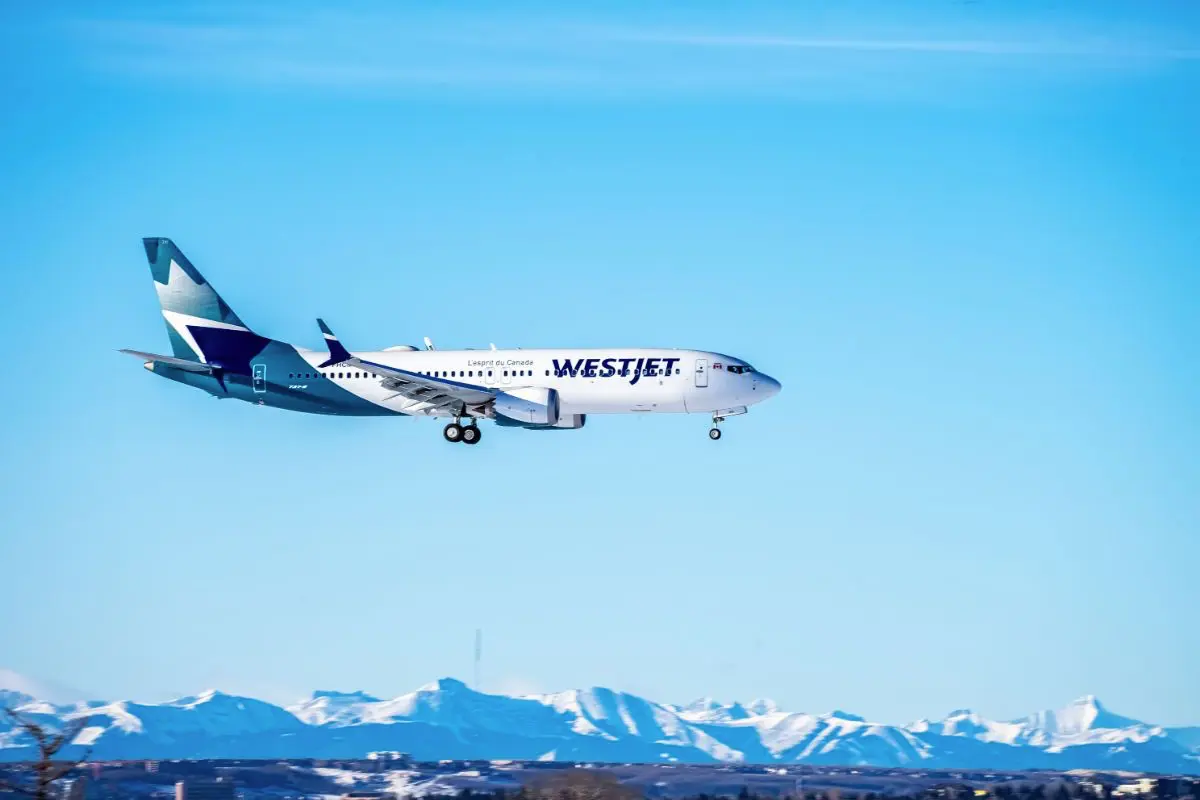
But where do these air changes come from? Turbulence on airplanes can be due to several different things. Here are some of the origins of turbulence:
- Regular wind.
- Storms that push air around violently.
- Fast-flowing jet streams in the upper atmosphere.
- Flying through clouds.
- Air heated by the sun, which expands and moves.
- Upward winds from mountains.
- Wake turbulence from other aircraft.
The turbulence intensity depends on the power of air disruptions. The perception of the intensity also depends on the mass of the aircraft. Turbulence feels less severe in larger aircraft and vice versa.
Pilots use a scale to describe and forecast the turbulence intensity.
- Light turbulence is the least severe and is very common. In light turbulence, an aircraft could experience slight changes in direction or altitude.
- Moderate turbulence is similar to light but with higher intensity. The aircraft remains in control the whole time.
- Severe turbulence involves large and sharp changes in flight direction, altitude, or airspeed. There may be short periods where the aircraft struggles to remain in control. In the cabin, loose objects might move around.
- Extreme turbulence can cause structural damage to the aircraft and loss of control. Extreme turbulence is very rare.
Lighter turbulence versions often result from the sun heating surfaces. More severe turbulence often comes from strong winds passing over uneven terrain. Thunderstorms and jet streams are also likely to create severe turbulence.
Overall, turbulence is also a subjective thing. Light and moderate turbulence for one person could feel like severe turbulence for another.
Light and moderate turbulence is the most common types. Overall, bumps along the way are completely normal.
Is Turbulence Dangerous?
Turbulence is not dangerous. It might be uncomfortable but not dangerous.
Aircraft manufacturers build their aircraft to handle the worst. They design them to cope with worse conditions than natural turbulence. Even in intense turbulence, the airplane isn't moving much.
Our minds are not doing us any favors when it comes to turbulence. Our brains and bodies have trouble making sense of the sensations of turbulence. That makes turbulence seem worse than it is. Especially for inexperienced passengers.
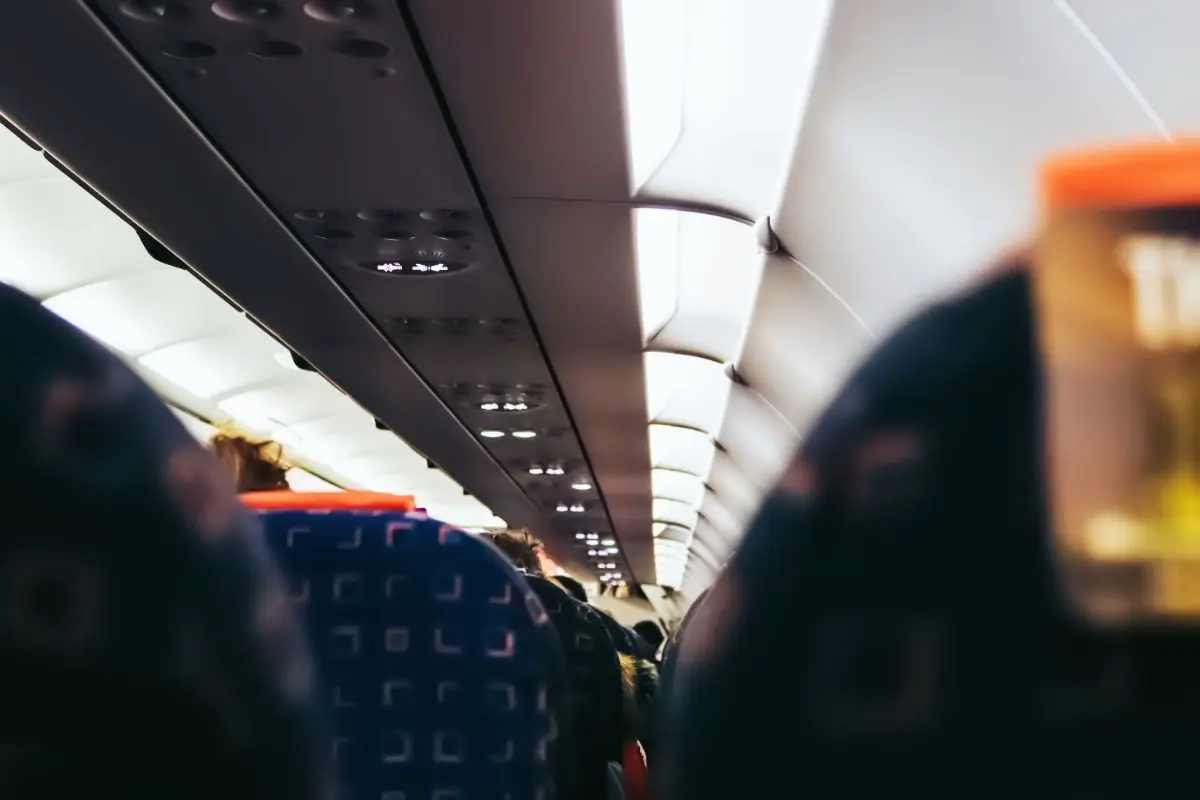
Turbulence alone can't crash a modern airplane. But it can still lead to accidents and injuries. This mainly applies to smaller aircraft with low mass, which is affected by turbulence to a greater extent than larger aircraft. Small airplanes also lack radar that can help forecast turbulence.
The only real risk from turbulence is from falling in the cabin. That's why the cabin crew recommends you fasten your seatbelt when seated. Similarly, you should also store items properly during flight.
When injuries occur, it is most often the cabin crew who are injured. Why? Because they are not sitting down with their seatbelts on as much as the passengers. When turbulence occurs, they are more likely to fall and hurt themselves.
Do Pilots Worry About Turbulence?
In short: No. Pilots don't worry about turbulence.
Pilots are well trained to handle turbulence. They know that turbulence can't cause the airplane to crash.
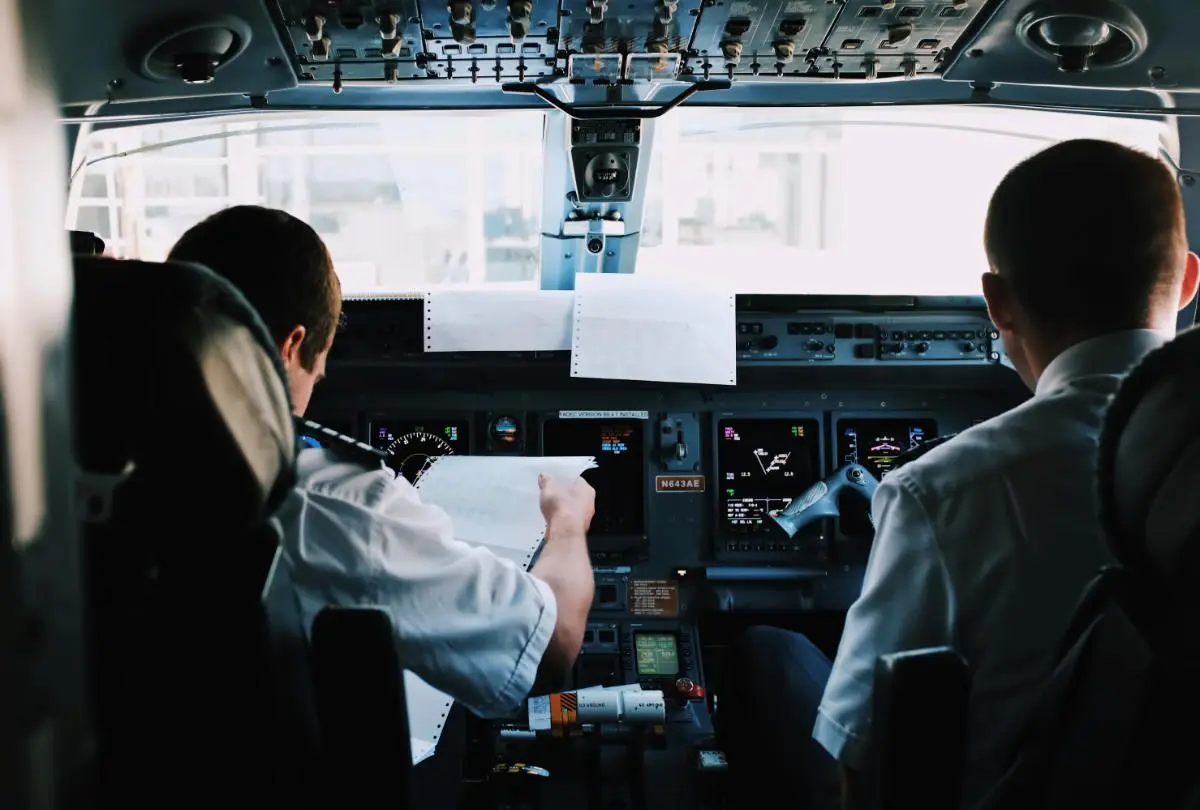
However, pilots still try to avoid turbulence. But it is for comfort and not safety. Pilots worry more about not scaring passengers and avoiding injuries to them.
Before the flight, pilots look at weather reports, and dispatchers choose the best routes to avoid turbulence. Air traffic control also guides the pilots continuously during the flight. Together they can change course, altitude, or speed to avoid a bumpy ride. Pilots also inform air traffic control about turbulence to warn others.
But because turbulence arises from changes in the air, it isn't easy to predict. Pilots cannot avoid turbulence, so it's unrealistic to expect a turbulence-free flight.
Where Is Turbulence Worse on an Airplane?
Where you sit on the airplane can affect your experience of turbulence.
In the back of the airplane, you would feel more movement during flight, including turbulence. The airplane's movement centers around the wings like a seesaw when flying through turbulence. The farther you sit from the seesaw's center point, the more movement you can feel.
That means that if you want to reduce the feeling of turbulence, you should choose a seat over the wings. That gives you the smoothest ride.
However, the difference is minimal. Perhaps even unnoticeable in some cases.
Does Turbulence Make You Uneasy? Here Are Some Tips
Turbulence might cause unhelpful worries for some people. Thought like "Is there something wrong" or "Is this more than turbulence" pops up in their head. These thoughts make it feel worse and more uncomfortable.
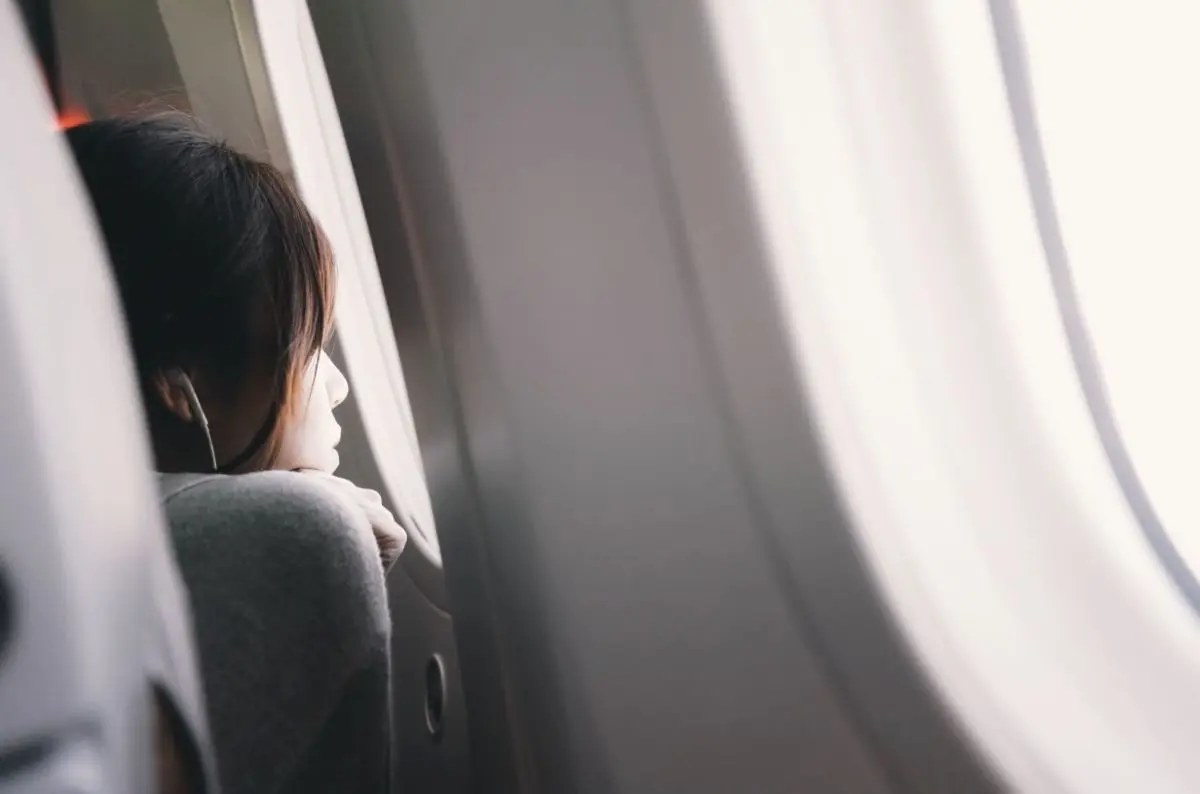
If you are one of them, try to challenge your thoughts. Ask yourself:
- How many times have you flown?
- Did something ever happen?
- How many times have your friends flown without incident?
You should also remind yourself that turbulence cannot crash a plane. Airplanes are built to withstand forces stronger than any turbulence.
Conclusion
Changes in air pressure, speed, or direction can cause turbulence. These changes can be due to various phenomena such as wind, storms, jet streams, flying through clouds, terrain, or other aircraft.
Turbulence is completely normal, and most flights will experience bumps along the way. We categorize turbulence into four levels of strengths, ranging from light to extreme turbulence.
Turbulence is not dangerous and cannot crash a plane on its own. The only risk associated with turbulence is injuries from falling or being hit by something in the cabin. That's why you should be seated with your seatbelt fastened at all times.
In theory, turbulence should feel worst in the back of the airplane, but in reality, the difference is minimal, even unnoticeable.
Pilots know that turbulence is not dangerous and therefore do not worry about it. Still, they try to avoid it, but that is only out of comfort to the passengers.
If you still feel uneasy about turbulence, a bit of good advice is to think about how many times you, your friends, or your family have flown without incident. And more notably, remind yourself that turbulence cannot crash a plane.
Planenerd Newsletter
Join the newsletter to receive the latest updates in your inbox.






